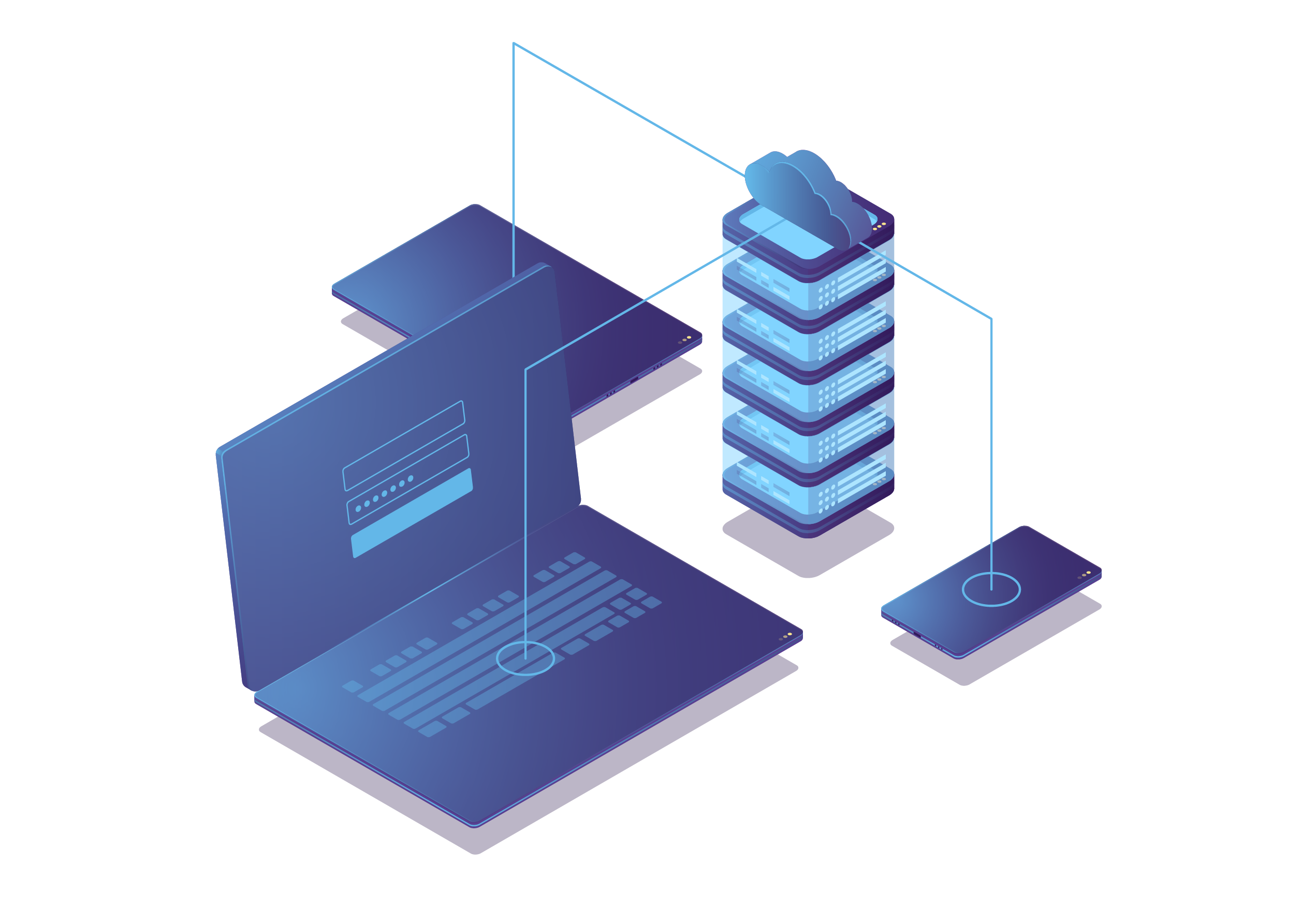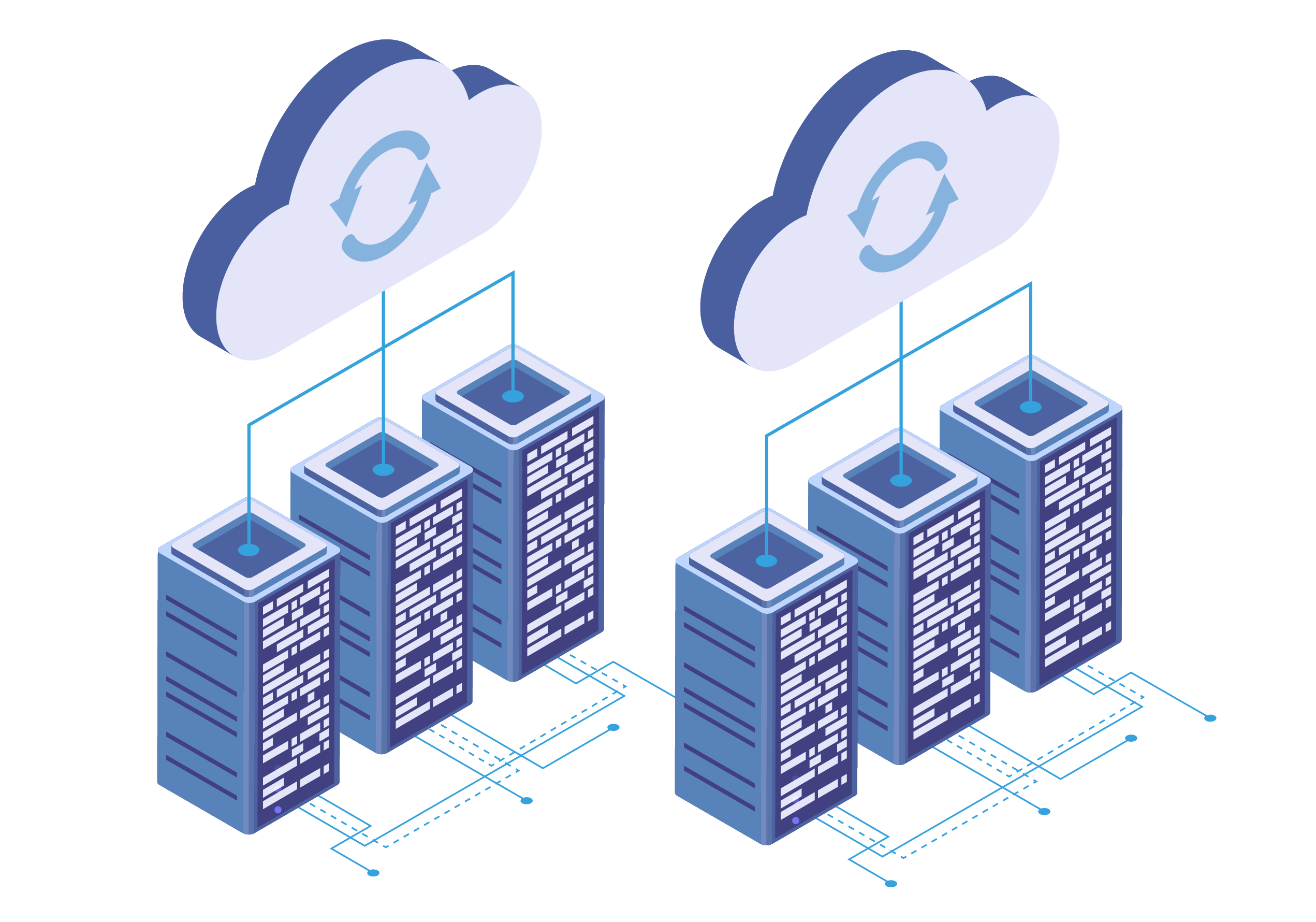Strategic Swings in Golang’s Memory Management: Balancing Act for Optimal Performance
Golang is a virtuoso among programming languages, rising out of the digital ballet and tempting developers with its style, conciseness, and proficiency guarantee. Memory management is the calm maestro working in the background as we navigate the complicated dance of building consistent applications with Golang.
This blog investigates the interesting subject of “Efficient Golang Memory Management Strategies” where functionality and accuracy coincide and every byte spins with meaning. Memory management, in some cases, contrasted with an ensemble guide,  organizes asset distribution and deallocation to give a smooth and symphonious interaction between programs and the fundamental framework. Understanding the nuances of management turns into a delicate ballet of upgrading proficiency without forfeiting elegance in the realm of Golang, which is known for its simplicity and speed.
organizes asset distribution and deallocation to give a smooth and symphonious interaction between programs and the fundamental framework. Understanding the nuances of management turns into a delicate ballet of upgrading proficiency without forfeiting elegance in the realm of Golang, which is known for its simplicity and speed.
Envision Golang as an accomplished artist as we set out on this experience, performing complex routines over a stage of synchronous tasks and real-time demands. This blog takes apart the secret around Golang’s memory management algorithms, uncovering the techniques and approaches that move Golang to the cutting edge of contemporary programming languages.
Not only can one master Golang, but in addition the rhythm of memory allocation, the aptitude for garbage collection, and the unpretentious amicability that separates skilled Golang programmers. Come along for a tour into the interesting domain of Golang memory allocation, where effectiveness is something beyond technicality but rather a beautiful dance between productive utilization of assets and maximized performance. Now let’s explore the procedures that transform the Go memory model, where each line of code pirouettes with style, and the memory footprint waltzes in ideal synchrony with computational elegance.
Metamorphosis of Storage: The Evolving Patterns in Go’s Internal Memory Configuration
The statically typed, compiled programming language Go — likewise alluded to as Golang — is made with user-friendliness, economy, and simplicity as a primary concern. To achieve these points, its internal memory organization is fundamental. A garbage collector is at the core of Go’s memory management, consequently recuperating memory that has been taken up by superfluous objects. Since Go uses a concurrent garbage collector, it can work in parallel with the application, reducing pauses and ensuring seamless operation. This design choice is reliable with Golang’s manual memory management main goal to construct adaptable and effective systems.
Memory management in Golang is separated into many pieces, with a different stack for each goroutine (concurrent thread). Function calls and local variables are overseen through the stack. Since goroutines are small, a large number of them can work simultaneously without burdening the framework’s ability. Another critical component that stores dynamically allocated memory is the heap.  Go proposes its garbage collector to consequently oversee memory allocation and deallocation, as opposed to some other languages where developers should do this manually. This builds the overall dependability of the language, simplifies memory management, and brings down the chance of memory leaks.
Go proposes its garbage collector to consequently oversee memory allocation and deallocation, as opposed to some other languages where developers should do this manually. This builds the overall dependability of the language, simplifies memory management, and brings down the chance of memory leaks.
To survey on the off chance that a variable’s memory can be securely dispensed on the stack or if heap allocation is fundamental, Go uses a cycle known as escape analysis. Through better memory usage efficiency and less stress on the garbage collector, this analysis adds to speed optimization. Furthermore, the language offers slices, an intense reflection over arrays that makes memory manipulation simpler and allows more informal and adaptable code. In light of everything, Golang memory management shows a commitment to offering a language that is both performant and developer-friendly, offering a harmony between low-level control and high-level convenience.
Optimal Resource Flux: Deciphering the Alchemy of Stack and Heap Allocation in Golang
Selecting between heap and stack allocation is a significant decision that influences memory management in Golang, program proficiency, and execution. While the heap and stack have various purposes, knowing these distinctions can assist developers with using sound judgment. Function call frames and small, transient variables are the ideal contenders for stack allocation. Since stack allocation just requires changing the stack address, it is quicker than heap allocation.
The stack is a part of the memory that the compiler manages. But since the stack is compelled in size, assigning big objects or utilizing a ton of recursion can make the stack overflow. Heap allocation, then again, functions admirably with bigger data structures and objects that have a more extended life expectancy. The ‘new’ or ‘make’ functions are utilized to allocate memory on the heap, which is a powerful memory space. Heap allocation accompanies the overhead of garbage collection, which can add delay, yet it likewise empowers more significant and adaptable memory management.
In the language runtime of Golang memory allocation, the decision between heap and stack allocation is frequently settled verifiably. Local variables and function parameters typically live on the stack, though variables with dynamic lifetimes, for example, those made with ‘make’ or ‘new’, are distributed on the heap. All in all, to gain performance, use stack allocation for small, transient variables and function call frames; for bigger, relentless objects requiring dynamic memory management, use heap allocation; however, know about the trade-offs related to each methodology.
In the Shadows of Allocations: The Intricacies of Resource Management in Golang
The two most significant parts of memory management in Golang are garbage collection and memory leaks. Go (Golang) takes care of these issues in an alternate way. Memory leaks happen when a program designates memory but doesn’t release it, which causes how much memory that is accessible to gradually run out. To reduce the chance of memory leaks, Go proposes a garbage collector to automatically oversee memory and recognize and recuperate unused memory.
Go’s garbage collector runs in parallel with the application, so it can show a side to favor the code without bringing on any noticeable slowdown. The responsiveness and effectiveness of the Go memory model are saved by this concurrent garbage collection. To ensure that the main memory that is at this point not being used is recuperated, the garbage collector utilizes a tricolor marking method to find and assemble inaccessible objects.
The lack of a typical finalizer or destructor mechanism in Go’s garbage collector is perhaps its most noticeable element. This simplifies the language and urges developers to depend on the garbage collector for resource cleanup. Although Golang’s manual memory management strategy could limit some use cases, it works on the general robustness and simplicity of Go applications. Go developers benefit from a memory management paradigm that consolidates ease of use and effectiveness in the right amounts. Go’s automatic garbage collection facilitates the cognitive burden on developers, letting them focus more on feature creation and less on memory management. This makes sense as to why Go is a well-known language for versatile and dependable software development.
Effervescent Strategies: Optimizing Memory management in Golang with Panache
Software development requires cautious thought of memory optimization and profiling, especially while working with a language like Golang that places a strong focus on proficiency and execution. Golang Memory Management has strong memory profiling tools that let developers find and fix memory-related issues proficiently. The “pprof” package, which accompanies Golang, is utilized for memory profiling. It offers a straightforward strategy for looking at memory utilization and finding possible leaks.
To acquire insights into memory allocation, heap consumption, and goroutine activity, developers can utilize the pprof package to build memory profiles and use tools like “go tool pprof” to view the findings. Developers in Golang frequently focus on reducing pointless allocations, improving data structures, and putting effective algorithms to optimize memory utilization. Execution can be worked on by and large and the effect of garbage collection can be decreased by utilizing techniques like object pooling, which recycles and pre-allocates reusable objects.
developers can utilize the pprof package to build memory profiles and use tools like “go tool pprof” to view the findings. Developers in Golang frequently focus on reducing pointless allocations, improving data structures, and putting effective algorithms to optimize memory utilization. Execution can be worked on by and large and the effect of garbage collection can be decreased by utilizing techniques like object pooling, which recycles and pre-allocates reusable objects.
The garbage collector (GC) is a significant tool for Golang memory allocation, however, streamlining it requires a comprehension of its way of behavior. To bring down memory allocations, developers can change garbage collection (GC) settings, try out different garbage collection algorithms, and use procedures like escape analysis. Developers ought to regularly look at memory profiles and fix issues early in the development process. Profiling and optimization ought to be integrated into the development lifecycle. High-performance apps with compelling memory consumption can be made by Golang developers by adopting a proactive approach to memory management.
Pattem Digital at Your Service: Experience the Zenith of Programming Brilliance
In the realm of Golang, streamlining application performance requires a strong comprehension of memory management. Significant components ensuring adaptability and strength incorporate the language’s concurrent garbage collector, stack organization, and escape analysis. By taking on these methods, developers can deliver high-performing frameworks that are reliable with the proficiency and simplicity of Golang.
Our Golang mobile app development company is great at providing top-notch services. Our team makes mobile applications that are high-performing by using Golang’s productivity. Our focus on client experience, adaptability, and quick development sets us apart as an industry leader. Our commitment to quality ensures that clients get innovative solutions that match as well as surpass their expectations, making us the go-to choice for Golang-based mobile app development.





